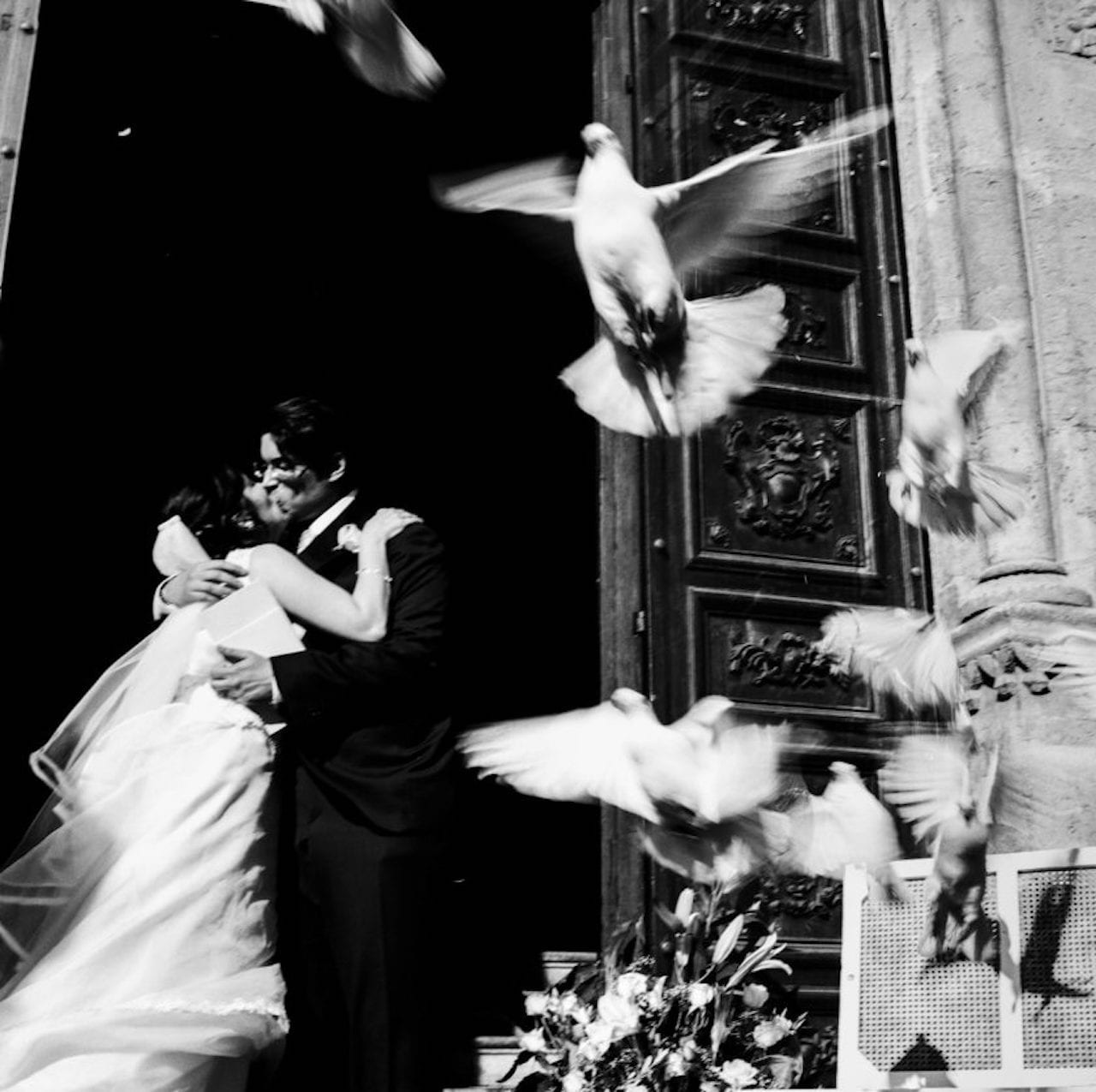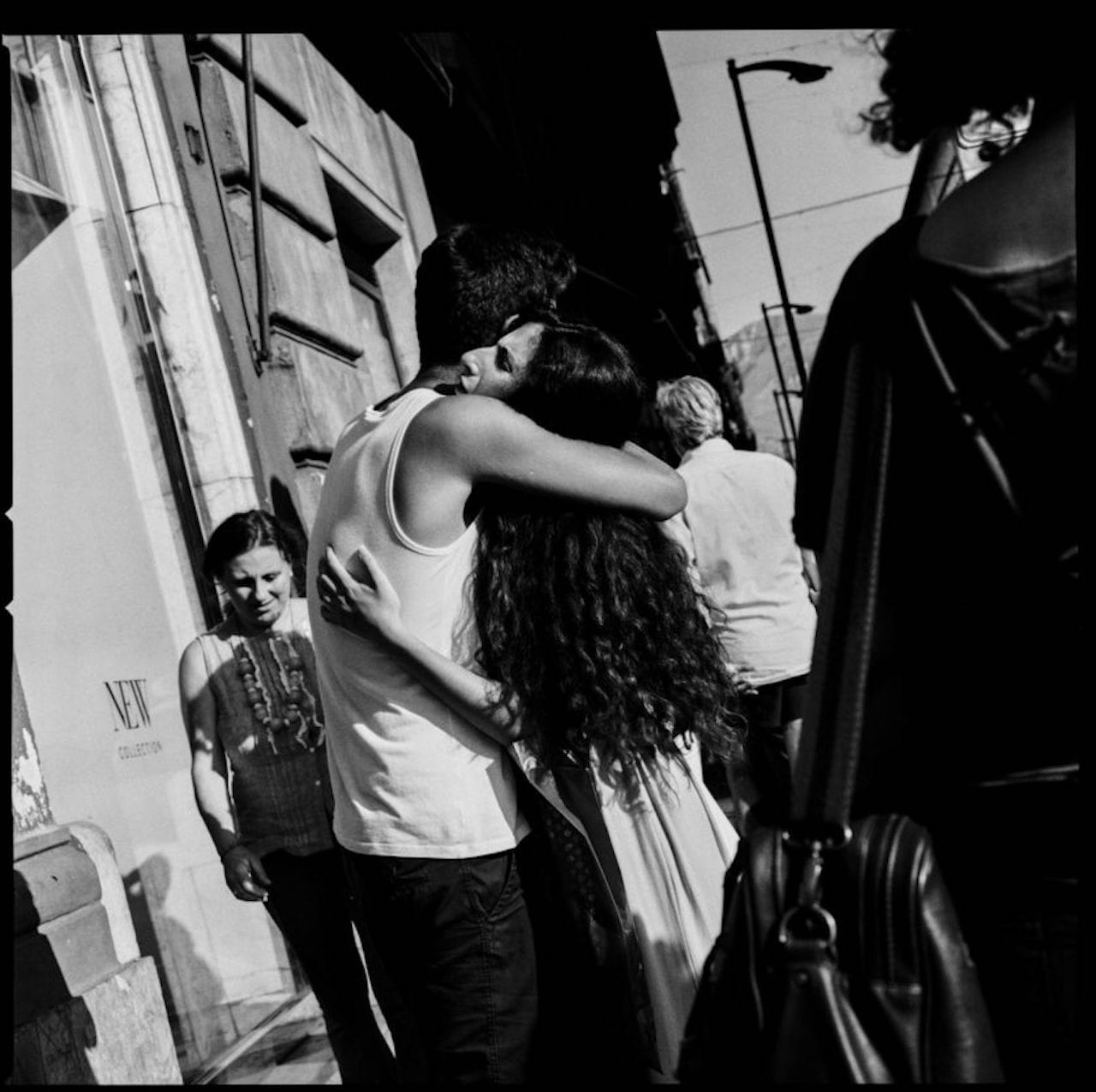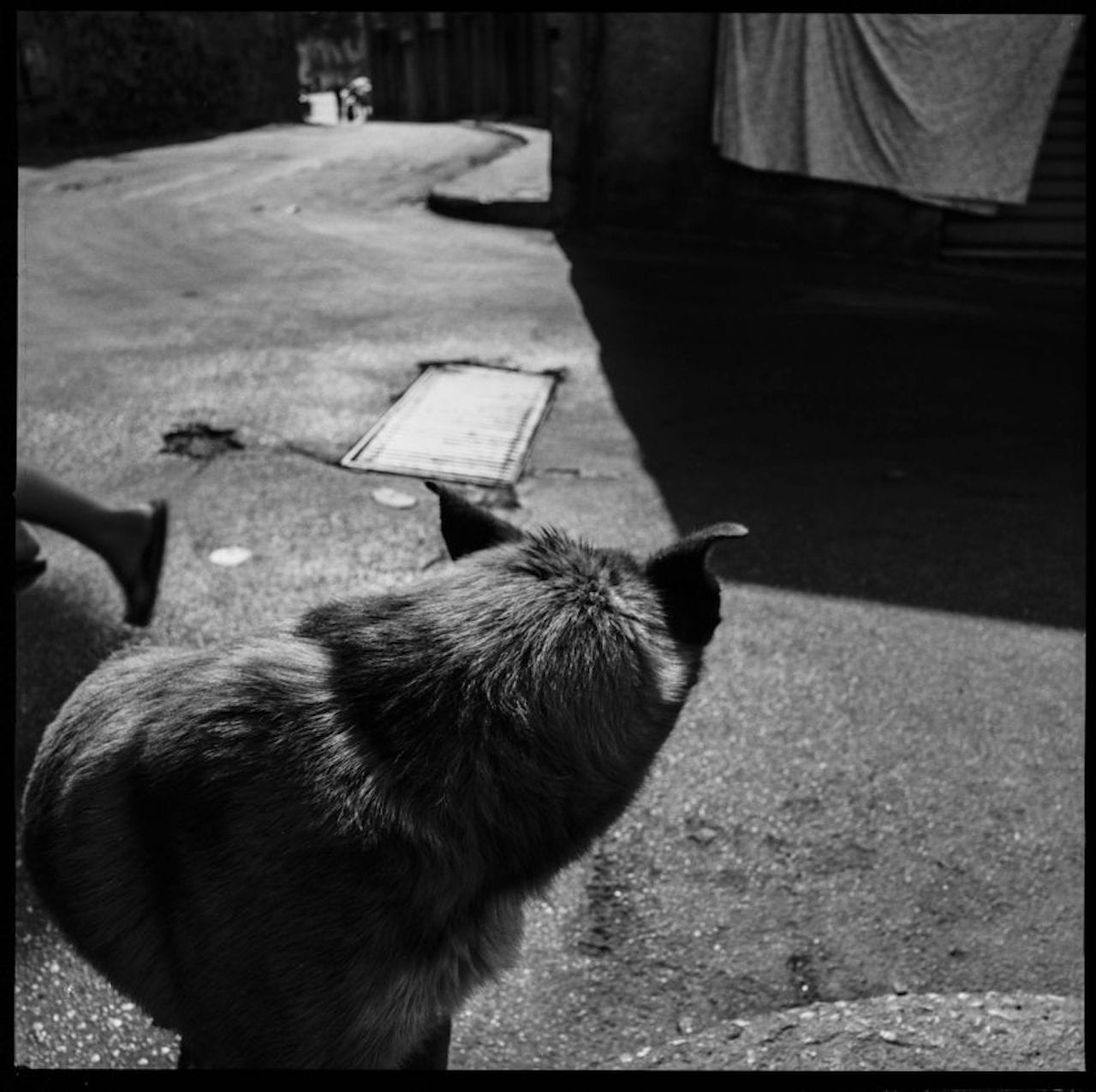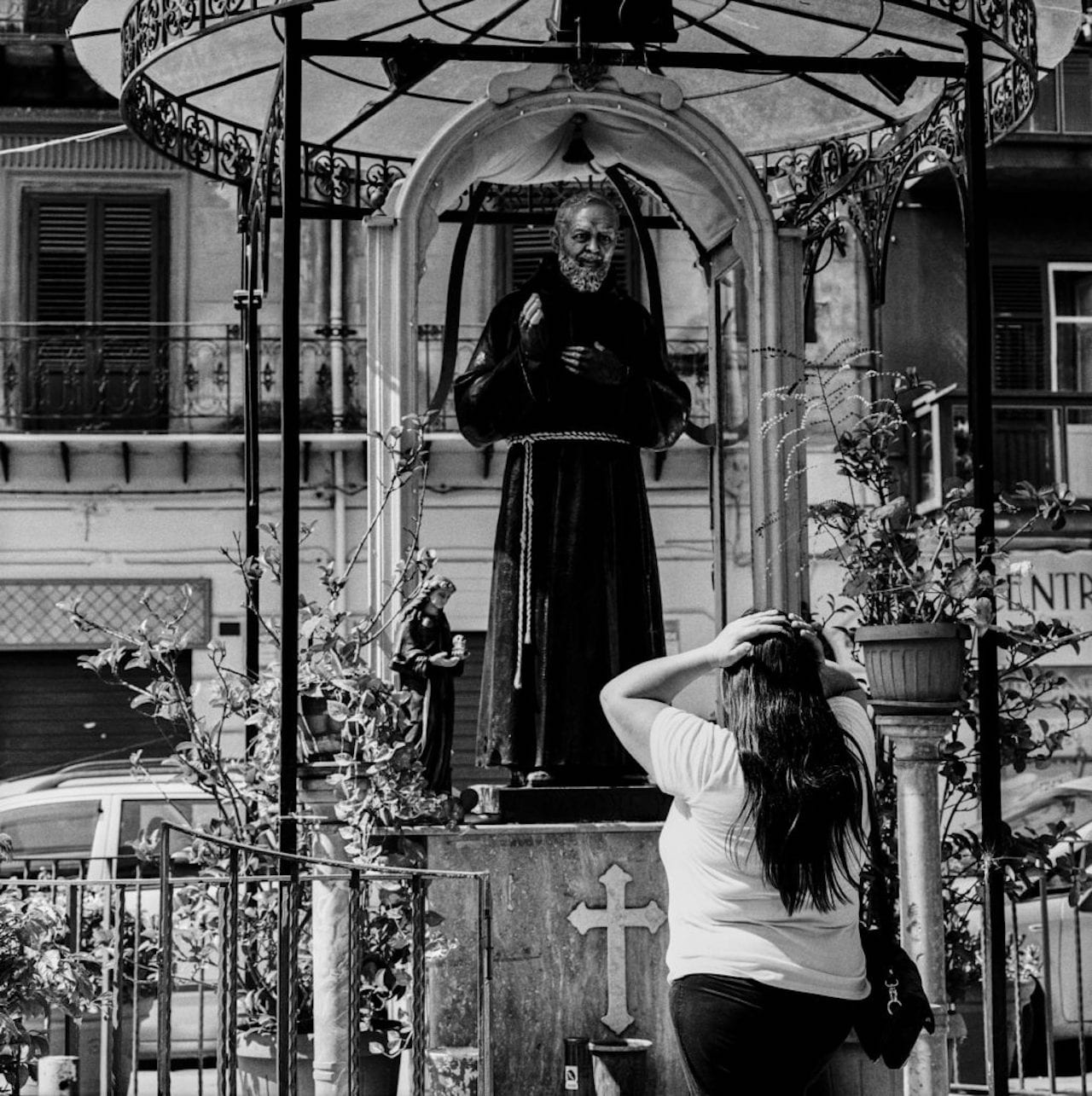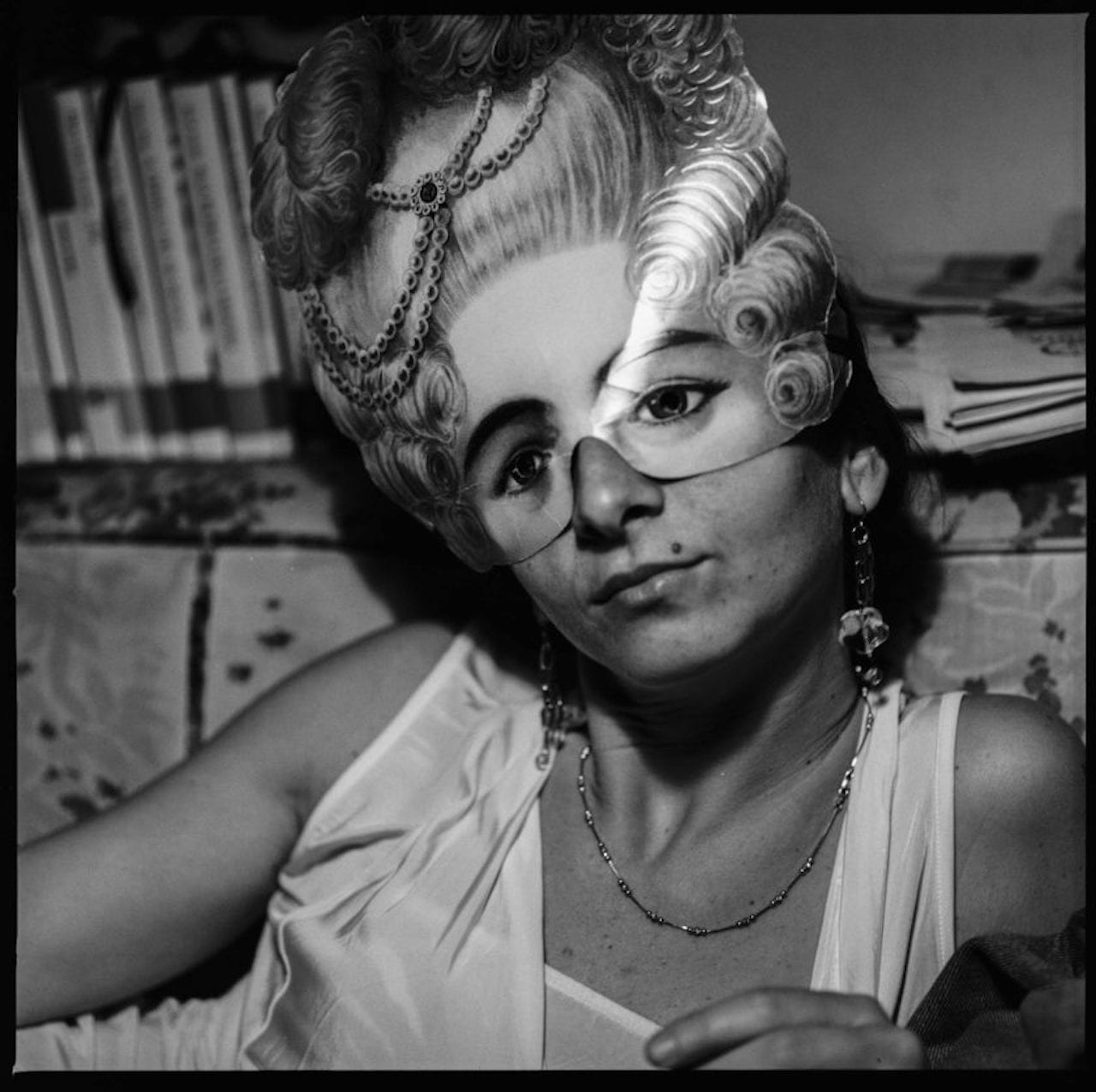Tormented by a traumatic past and challenged by a difficult present, Sicily is still haunted by the destructive presence of Cosa Nostra. In Terra Nostra, Mimi Mollica shows this problematic entanglement, focusing on the legacy of the Mafia in Sicily. Born and raised in Palermo, Mollica says the series was a labour of love on his homeland, and he tells BJP how he created it, and how he got into photography in the first place.
BJP: What’s the genesis of this project? Why were you compelled to see it through?
MM: I started to work on Terra Nostra in 2009 in an effort to voice both my need to reconnect to my homeland and to show the degree of decay caused by the pervasive influence of Cosa Nostra on the island. I knew from the beginning that this story would be a long-term commitment, but after seven years felt I didn’t want to risk repeating myself, after having explored many aspects related to the theme. Sometimes you just need to complete a project and bring it to a positive and good end in order to work on the next thing.
BJP: How have the mafia impacted on your life?
MM: To some degree the Mafia’s presence in Sicily impacts everyone, even those who live in denial and don’t want to admit it. Hollywood has shown and glamorised only the mere violent aspect of Cosa Nostra, but everyone’s life is routinely affected when the coasts of your beloved place are spoiled by cement poured illegally to profit from speculation. Your health is at stake when the tumours increase by the thousands due to the illegal disposal of toxic waste perpetuated by the Mafia. Everyone is impoverished when businesses increase the prices of their products to compensate for the extortion money they’ll have to hand to local bosses. Finally your dignity is annihilated when your government is corrupt, the infrastructures don’t work or are lacking. When your fundamental human rights are denied your future perspectives are shrunk. The presence of Mafia in Sicily has meant a collective loss of freedom and dignity.
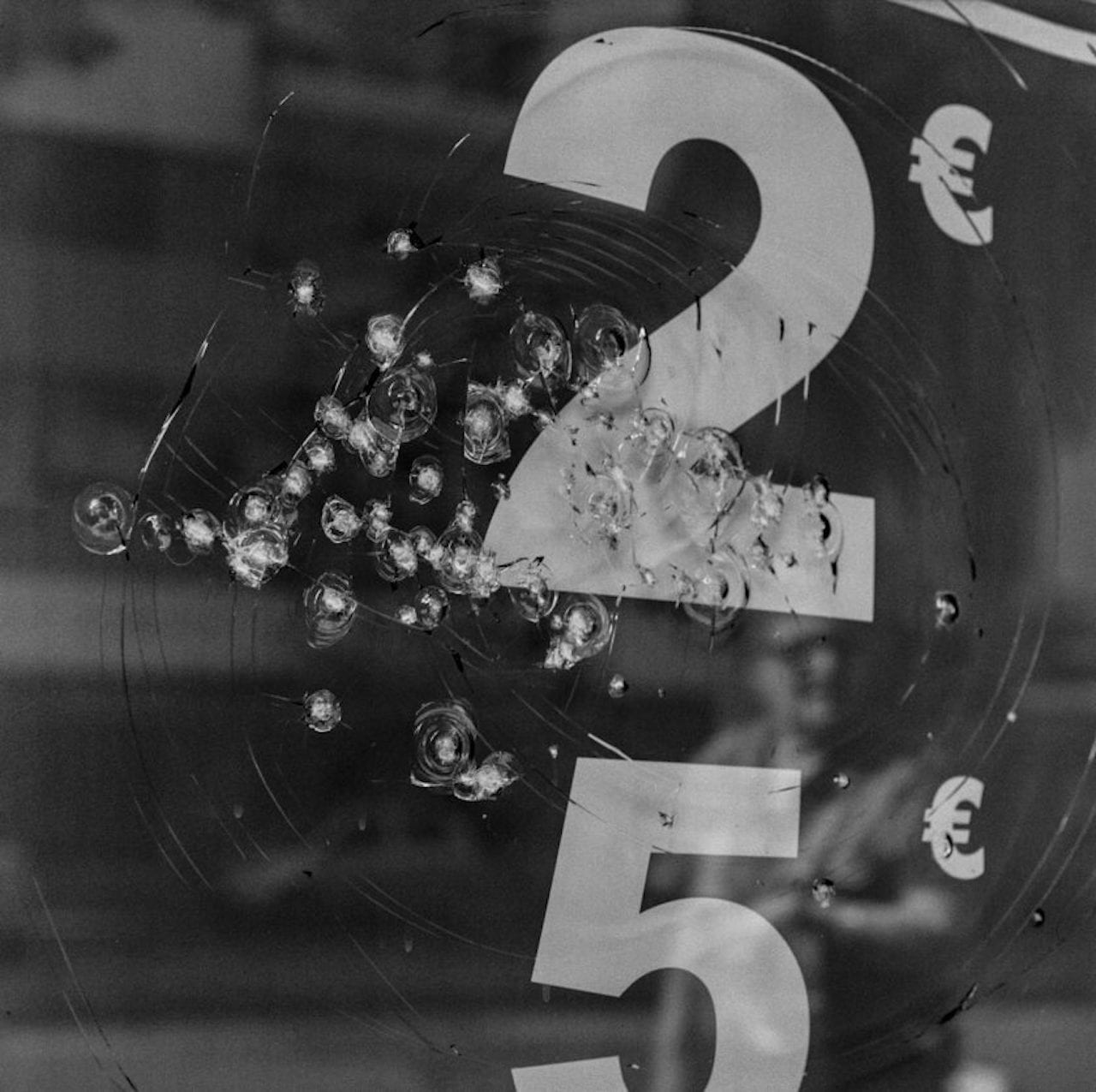
MM: I never photographed the Mafia per se, I never intended to gain access to ‘difficult’ environments where I needed permission from anyone. Some of the evidence I photographed is in the public domain, but also I focussed on articulating a personal, and at times evocative journey through the legacy of living with the mob. The real challenge was to be able to extrapolate a meaningful and eloquent visual story, while avoiding some cliches and relying on others to support my discourse.
BJP: What opportunities do they provide, as a subject, both aesthetically and socio-politically?
MM: Sicily is very beautiful to photograph. Sicilians are indeed very theatrical characters which serves the photographer’s agenda very well, while the dense socio-political scene offers several anchors to themes that are relevant to the story I want to tell.
BJP: When did you become aware of photography? How old were you?
MM: I was born between photographs – actual photographs, prints smelling of fixing wash and cameras used by my father, who before becoming a lawyer was a very keen amateur photojournalist. I loved the fact that I could access the poetry of the past, a reality filtered by the necessary codes embedded into a photograph. Visual poetry. Then when I was about 9 or 10 years old, my grandfather presented me with a small compact camera which I treasured and voraciously used to take terrible pictures of banal things around me. Then I started taking more interesting pictures, and at 14 years old I won the 2nd prize of an award organised by a lousy local photography club in Palermo.
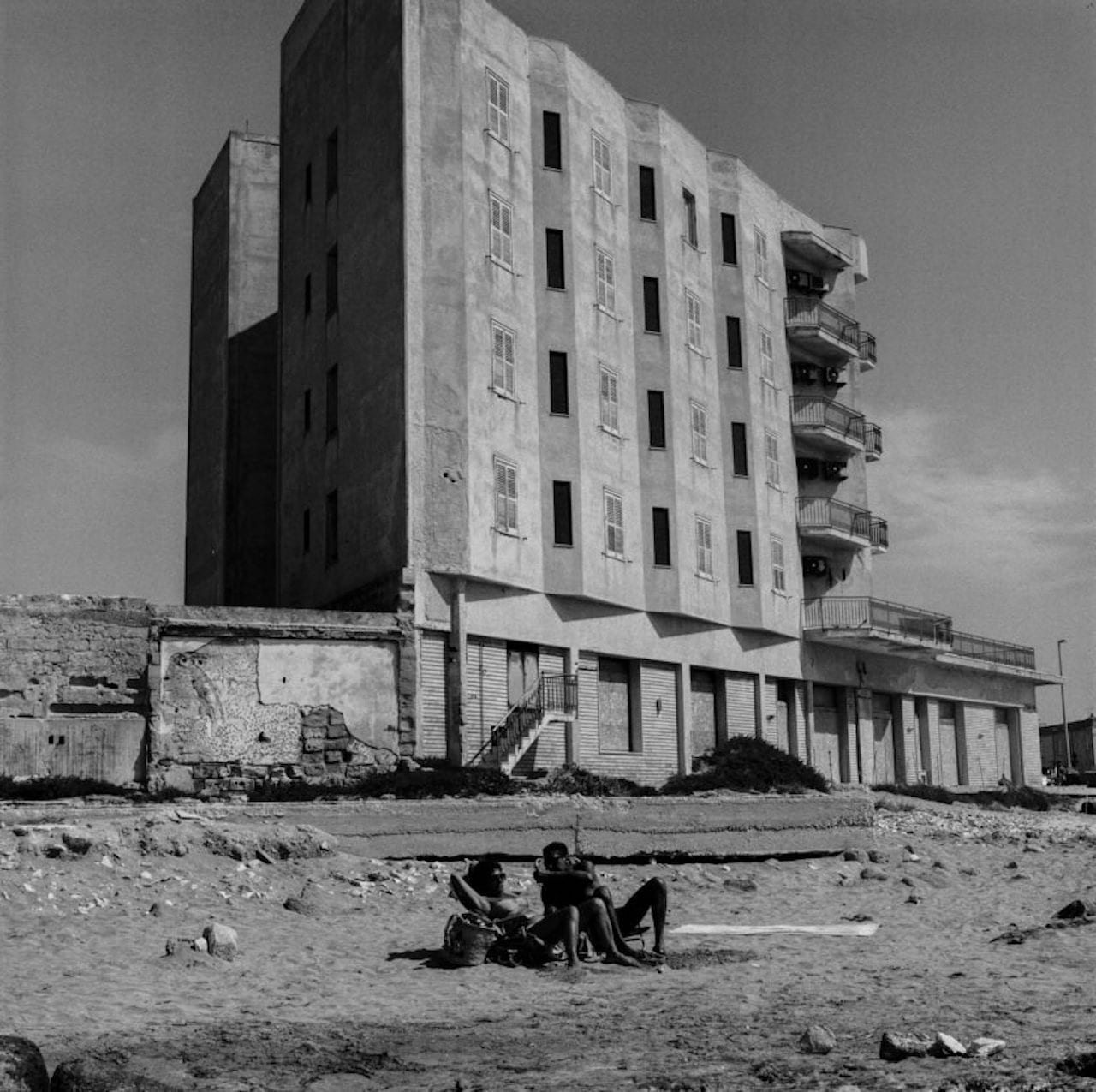
MM: I never took a clear and neat decision to become a photographer. I always felt I was one, so all I needed to do was to work towards building a career in photography. I assisted master of photography Helene Binet, attended a BA from which I dropped out, and made a lot of cappuccinos before being able to live on photography alone.
BJP: What motivates you?
MM: My deep, honest, and passionate will to engage with the world I live in. I am a curious person and I like people, I also have an urge to emotionally discover and connect with different cultures. I must be frustratingly convinced my perspective on things is valid enough to show to other people through my photographs.
BJP: What are the common themes or concerns that run through all your work?
MM: A good dose of socially-conscious issues. That translates into different approaches relevant to specific themes, but I am also concerned with more philosophical questions and personal research.
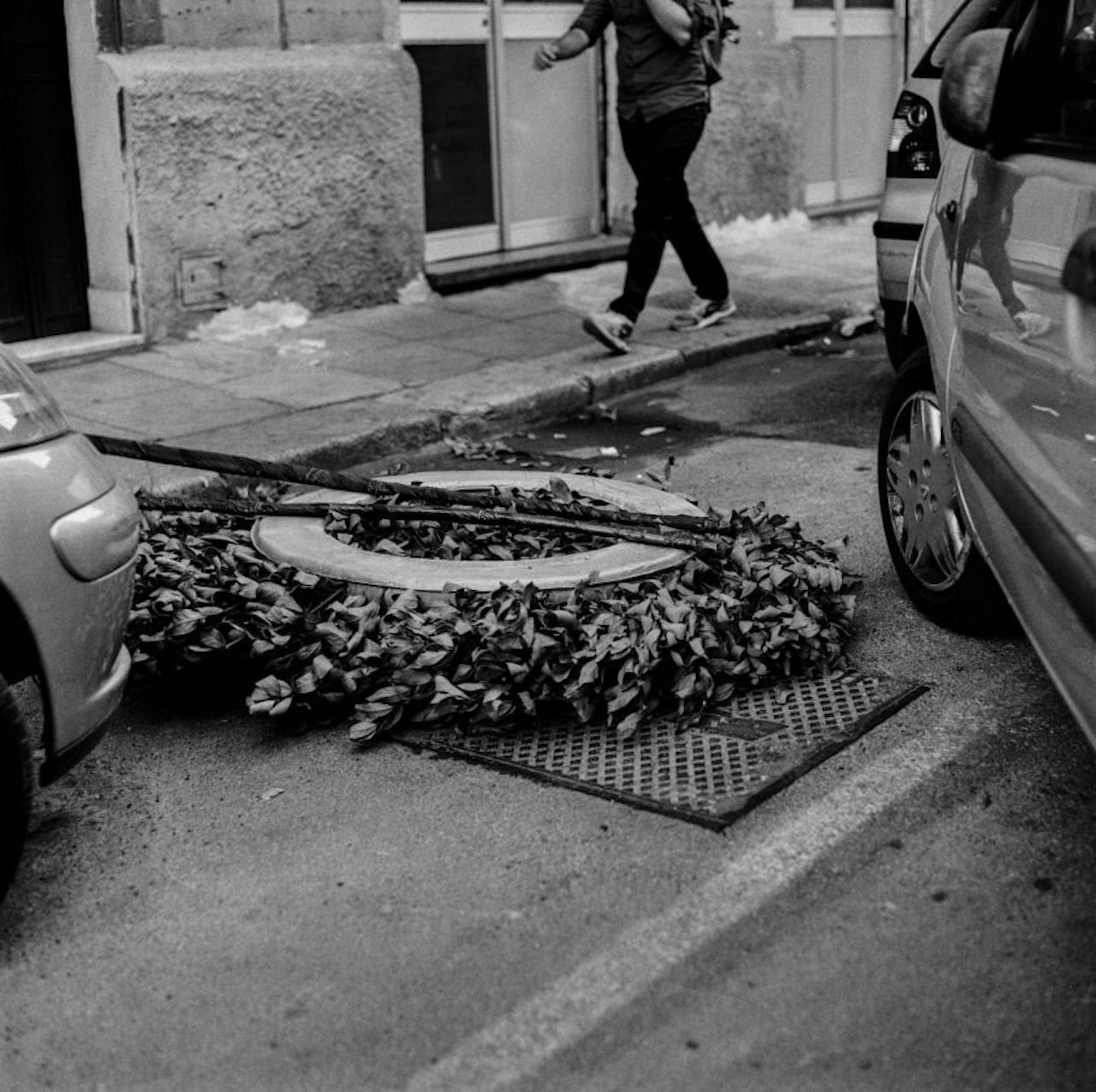
MM: A photograph must have drama and tension. A good composition, a great subject and a striking light should help the photographer reach the ultimate goal of producing arresting images that just make sense both aesthetically and conceptually.
BJP: What’s the best image you’ve ever taken?
MM: I don’t have a favourite image – I believe that images are like bricks, they support each other, they come before and after other images. It’s all a built-up, a continuous flow of visual growth – a life-time poem in images that can’t be broken up and divided into a simple hierarchy of favs and outs. It will be up to history to determine which of my images have been more relevant to the broader context in contemporary photography. If one of my images ever makes it to that stage, that picture will answer your question.
BJP: What’s your message to your younger self?
MM: Don’t fuck about too much, just enough to get inspired. The rest is plain simple consistency, and hard work.
https://www.dewilewis.com/products/terra-nostra https://www.mimimollica.com/work
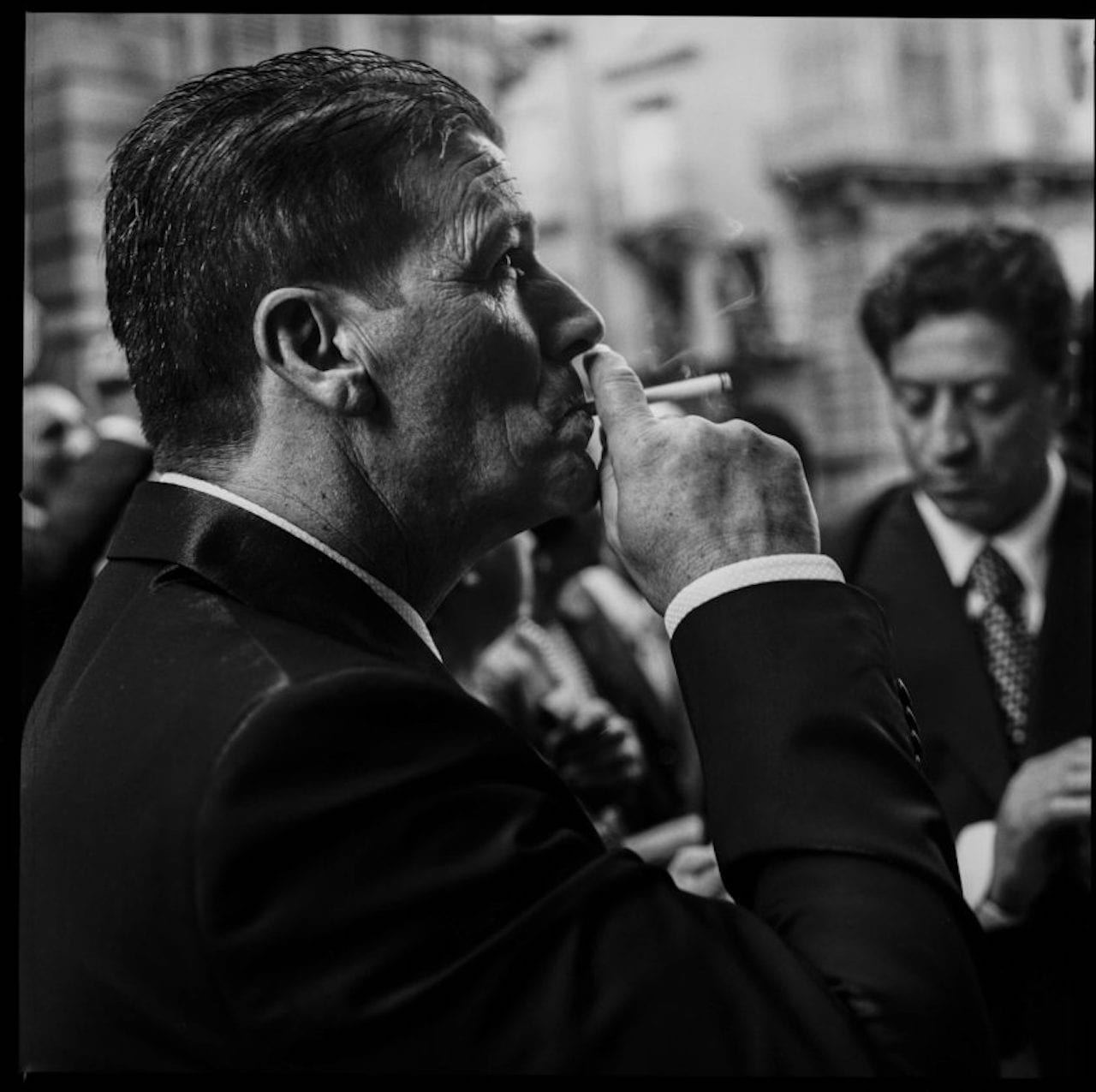
A wedding guest enjoys a cigarette outside the church. From Terra Nostra © Mimi Mollica
